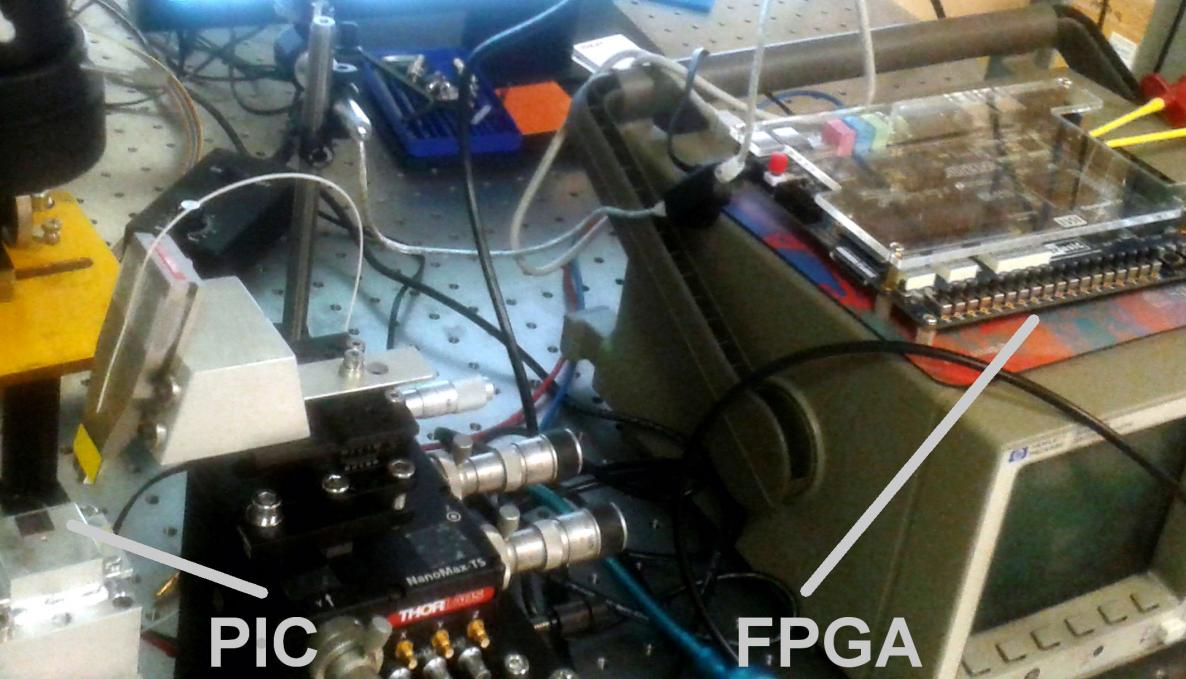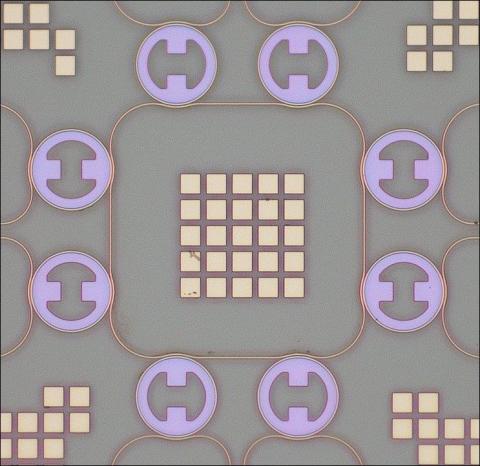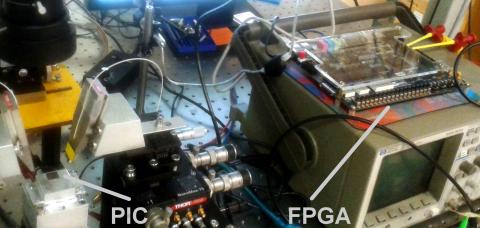PHOTONIC NANOTECHNOLOGIES: THIRD YEAR OF THE PROJECT STARTS WITH CANADIAN MCGILL UNIVERSITIES FINANCED BY THE MINISTRY OF FOREIGN AFFAIRS

At the TeCIP Institute of Scuola Superiore Sant'Anna, the third year of the project NANO-RODIN - Nano-photonic technologies for the production of RODIN integrated systems - funded by the Ministry of Foreign Affairs and International Cooperation under the Italy - Canada (Quebec) Executive Protocol has started.
NANO-RODIN project was born with the aim to exploit and adapt the most advanced nano-photonic technologies in an integrated way to create the interconnection networks used in computing systems based on parallel processors in switches for data centers to exchange larger and larger amounts of data.
The goal for 2016 is to provide a demonstrator with a Photonic Integrated Circuit (PIC) prototype electronically controlled and identify alternative solutions to improve scalability, energy efficiency and performance of integrated optical interconnection networks carrying on the design and characterization of silicon integrated circuits, suitable for supporting optical transmissions between processors and memory in computational systems.
The Italian project leader is Isabella Cerutti, researcher at TeCIP institute; the research team includes Nicola Andriolli (co-manager), Professor Piero Castoldi, research fellows Paolo Pintus and Philippe Velha, research engineer Stefano Faralli and PhD student Fabrizio Gambini. Odile Liboiron-Ladouceur, Associate Professor at McGill University in Montreal and affiliated with Scuola Superiore Sant'Anna, acts as scientific responsible for Québec University and as Canada Research Chair in photonic interconnections; postdoctoral fellow Yule Xiong and master student Bilal Bourouf work under her supervision.
In previous years and with previous RODIN and DEMO-RODIN projects, the collaboration between the Sant'Anna School and McGill University has brought fruitful results, demonstrating how, both theoretically and experimentally, the introduction of photonic technologies in interconnection networks allows to overcome the scalability and energy consumption limitations of current electronic solutions. The challenge of the new NANO-RODIN project lies in being able to integrate these complex systems on the same type of substrate in which electronic components reside, precisely, the nano-photonics integration.
For detailed information, please visit the website.






